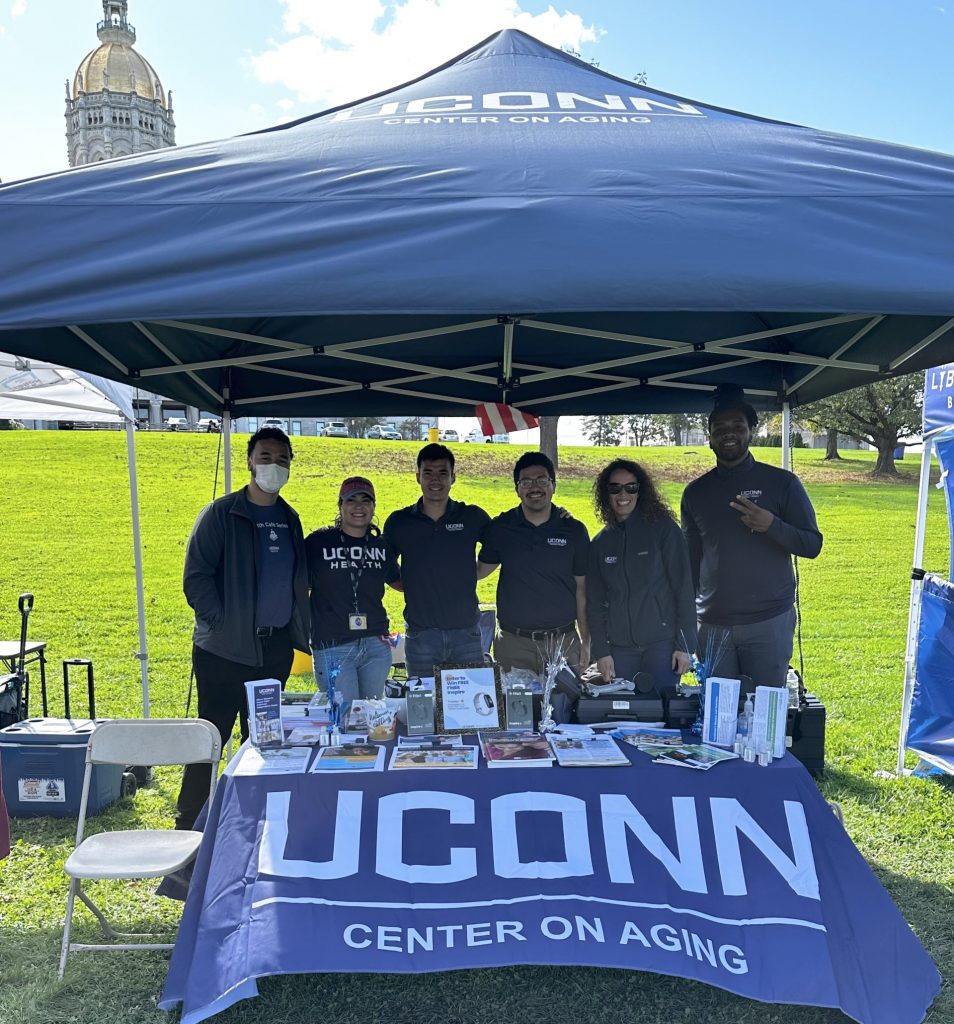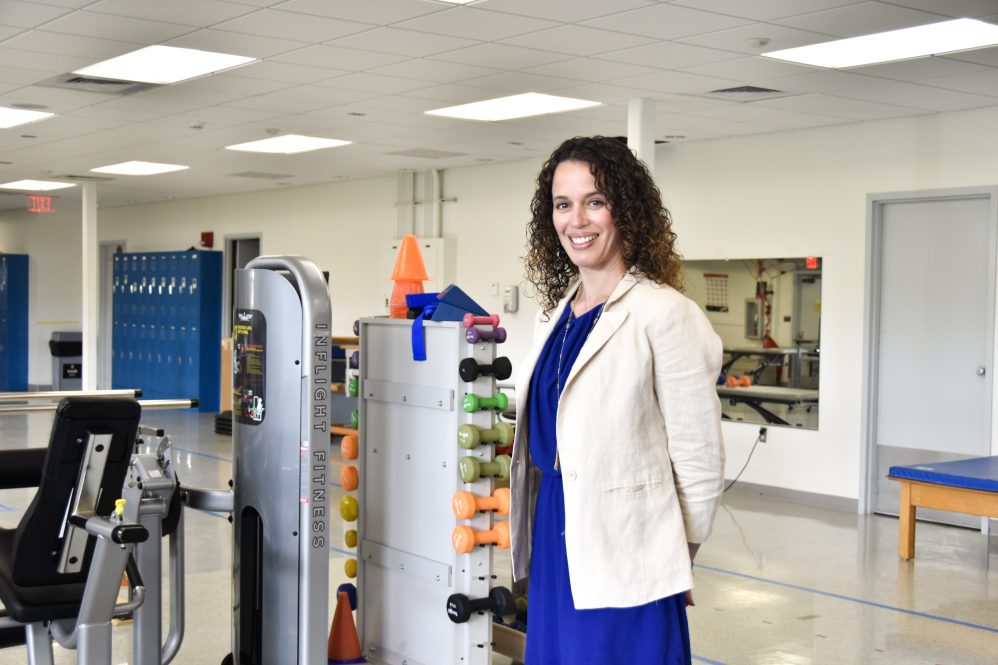The research of Cristina Colón-Semenza, assistant professor of kinesiology in the College of Agriculture, Health and Natural Resources, wants to get people moving to improve their quality of life. As part of her work, she engages people from underrepresented groups in ways that use physical activity to mitigate symptoms and disease progression.
Currently, Colón-Semenza is working on several projects focused on reaching Hispanic people with Parkinson’s disease across the United States.

“There is evidence that exercise, when appropriately dosed and applied early in the disease, can slow down the progression of the Parkinson’s, but we know that not everyone is aware of this” says Colón-Semenza. “Although exercise can have profound effects on disease management, in a survey of Hispanics with the disease in the New York City area, the majority indicated that exercise was not important. This study will help this community by understanding if this intervention was feasible, acceptable, and appropriate.”
Much of the existing research on the benefits of physical activity for people living with Parkinson’s disease has been conducted with predominantly white, highly educated individuals. Besides the obvious need to have research participants that are representative of the general population of people with Parkinson’s disease, Colón-Semenza’s work is especially important as there is evidence that Hispanics have the highest incidence of Parkinson’s disease in comparison to other ethnic groups in the US.
Through the Claude D. Pepper Older Americans Independence Center at UConn Health, Colón-Semenza is currently recruiting participants for a unique trial. The trial will implement and evaluate an intervention to increase physical activity for individuals with Parkinson’s disease who are Hispanic.
Specifically, it will evaluate if support from another person with Parkinson’s disease helps increase physical activity levels among this population. The study will be conducted using mobile health technology and virtual meeting platforms allowing for recruitment across the US and its territories. Colón-Semenza and her collaborators will then evaluate the effects of increased physical activity on quality of life and disease symptoms in this and subsequent studies.
In another effort to directly engage Connecticut’s Hispanic community, Colón-Semenza, who is Puerto Rican, attended the Puerto Rican Day parade and festival on Oct. 8 in Hartford. There, she and her lab members assessed festival goers and educated them about physical therapy, exercise, and strength.
Colón-Semenza is also hosting a series of webinars in collaboration with the American Parkinson Disease Association. These webinars will share information about the role of exercise in the management of Parkinson’s disease. The webinars are conducted in Spanish for a national and international audience. The first webinars were held on Sept. 12 and Oct. 24. The third will take place on Nov. 14.
Colón-Semenza’s efforts help ensure Spanish speakers with Parkinson’s disease can access culturally and linguistically tailored information and care that can benefit their health.
“Through these various studies and outreach efforts, we will learn if completely remote interventions are a potential method of interaction for interventions,” she says. “We plan to continue to collaborate with the American Parkinson Disease Association to improve access to culturally and linguistically tailored health information to this underserved population.”
Colón-Semenza’s research is part of the Movement for Life Lab.
This work relates to CAHNR’s Strategic Vision areas focused on Promoting Diversity, Equity, Inclusion, and Justice; and Enhancing Health and Well-Being Locally, Nationally, and Globally.
Follow UConn CAHNR on social media



